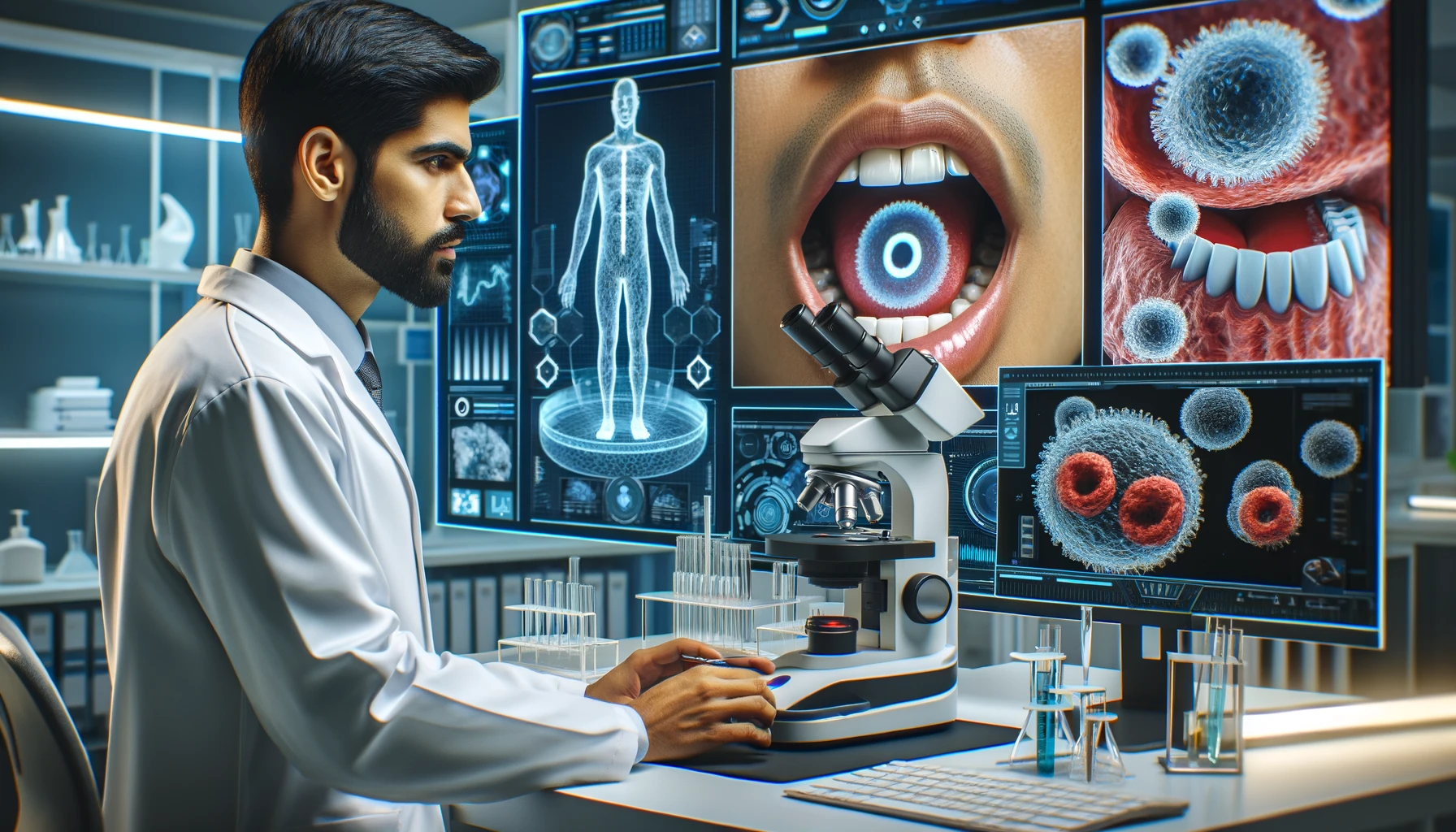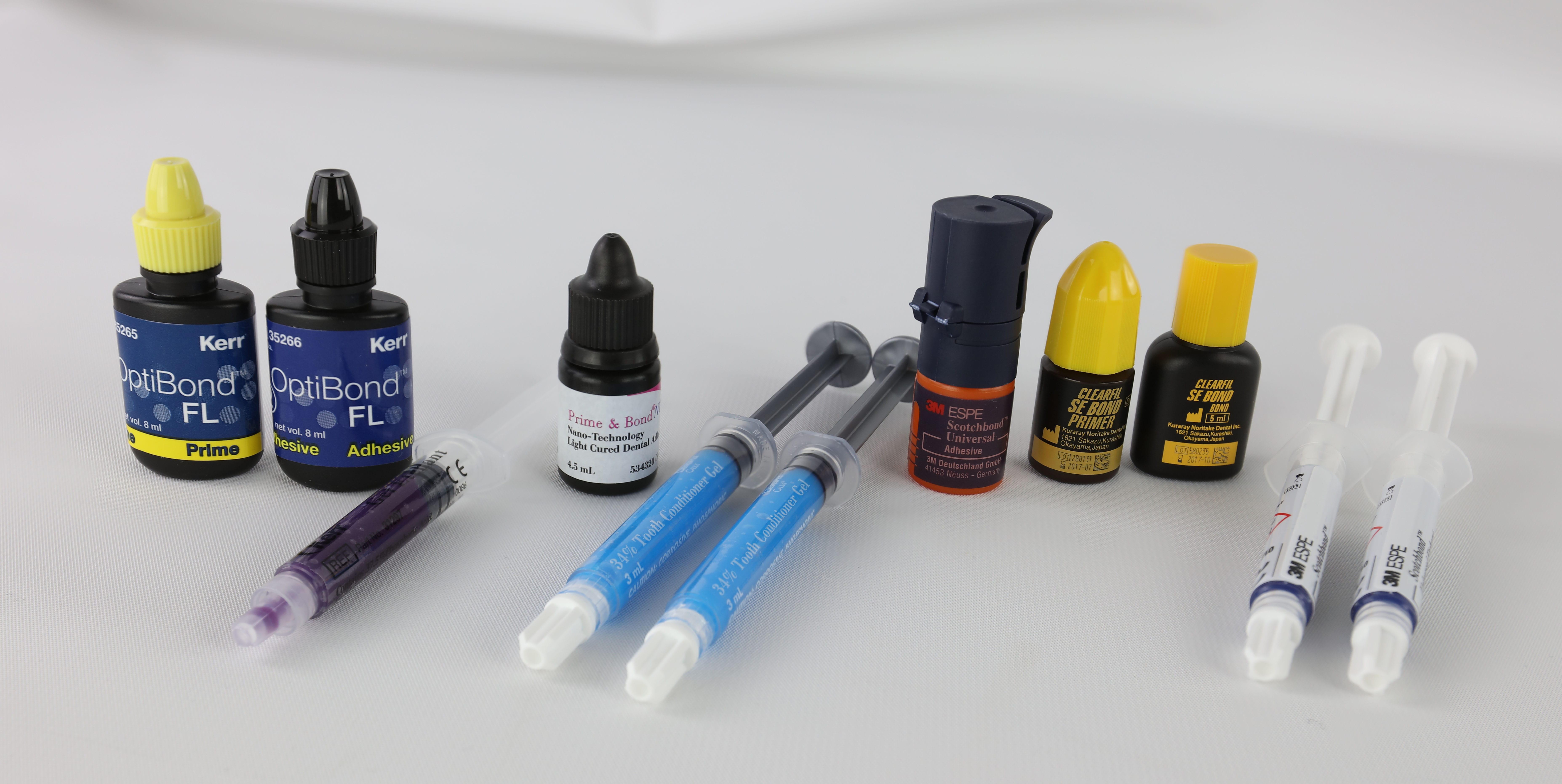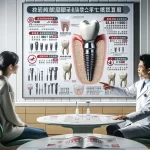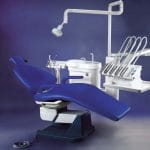Oral cancer is a silent yet formidable health challenge, affecting thousands of Americans annually. In 2023, the United States projected approximately 54,540 new cases of oral cavity and oropharyngeal cancers. Alarmingly, men are more than twice as likely to be diagnosed compared to women, with white individuals at a slightly higher risk than their Black counterparts.
The good news? Early detection can lead to less aggressive treatments, enhancing both quality of life and the overall 5-year survival rate. This is where oral cancer detection systems come into play — they are crucial in the fight against this devastating disease.
The Frontline Warriors: Top Oral Cancer Detection Systems in the USA
Several innovative companies in the U.S. have developed advanced systems aimed at the early detection of oral cancer. Here are three leading suppliers making significant strides in this field:
1. Identafi Oral Cancer Screening System by Henry Schein Dental
The Identafi Oral Cancer Screening System employs cutting-edge multi-spectral fluorescence and reflection technology. This system acts like a high-tech magnifying glass for detecting mucosal abnormalities, such as oral cancer or premalignant dysplasia, that might otherwise go unnoticed.
- Key Features: Utilizes three distinct color wavelengths to enhance lesion morphology and vasculature visibility. This technology allows for better differentiation between normal and abnormal tissues during examinations.
For more information, visit Henry Schein Dental.
2. ViziLite TBlue Annual Oral Cancer Screening System by DenMat
DenMat’s ViziLite TBlue is another powerful tool in the battle against oral cancer. This system assists healthcare professionals in identifying, evaluating, monitoring, and marking abnormal oral cell lesions that may indicate pathology.
- Clinical Insight: A study demonstrated that ViziLite TBlue achieved zero false negatives — it did not miss any lesions with precancerous or cancerous cells.
Learn more at DenMat.
3. Viome’s CancerDetect Oral & Throat Test
Viome’s CancerDetect Oral & Throat kit is a groundbreaking at-home test for early detection of oral and throat cancers. It analyzes gene expression levels and microbial species in saliva samples to identify molecular features associated with these cancers.
- Recommended For: Adults aged 50 or older or those with a history of smoking — populations at heightened risk for oral and throat cancers.
For details, check out Viome.
| System | Technology | Key Features |
|---|---|---|
| Identafi | Multi-spectral fluorescence | Uses 3 color wavelengths to distinguish lesions |
| ViziLite TBlue | Chemiluminescent light | Identifies abnormal lesions with no false negatives |
| CancerDetect | Gene expression in saliva | At-home test kit for high-risk individuals |
These systems serve as vital tools for healthcare professionals, enabling them to identify and monitor potential oral cancer lesions effectively.
The Power of Light: Innovative Detection Technologies
In addition to the aforementioned systems, light-based detection technologies such as ViziLite, Microlux TM/DL, and VELscope have emerged as promising tools for early oral cancer detection. These systems leverage optical technologies to provide real-time assessments, offering a minimally invasive approach to spotting oral cancers early.
ViziLite: A Beacon in the Dark
The ViziLite system enhances visualization of early oral mucosal lesions through chemiluminescent light.
- Study Insight: In trials involving 100 patients, ViziLite improved lesion visibility by approximately 60%, identifying all lesions that were previously undetectable under standard light conditions.
Microlux TM/DL: A Guiding Light
The Microlux TM/DL is a battery-powered blue-white LED light source used for examining oral mucosa.
- Performance Metrics: Research indicates a sensitivity of 77.8% and specificity of 70.7% for detecting dysplasia and oral squamous cell carcinoma (OSCC).
VELscope: A Ray of Hope
VELscope, an autofluorescence-based handheld device, is utilized for detecting dysplasia and OSCC.
- Efficacy Range: Sensitivity ranges from 22% to 100%, while specificity varies from 16% to 100% in detecting malignancies and potentially malignant disorders.
While these light-based detection systems offer promising avenues for early diagnosis, their efficacy can vary significantly; thus, they should complement traditional oral exams for optimal results.
The Unsung Heroes: Dental Providers
Dental providers play a pivotal role in the fight against oral cancer. Regular dental checkups present invaluable opportunities for early detection during routine exams. However, challenges remain regarding education and awareness among dental professionals.
The Importance of Regular Checkups
Imagine visiting your dentist for a routine checkup where they not only check for cavities but also screen for signs of oral cancer. This scenario underscores the critical role dentists play in early detection.
- Dentists are trained to conduct comprehensive exams that include screening for oral cancer by observing changes in tissue color, texture, shape, and identifying unusual lumps or sores.
The Challenge: Education and Awareness Gaps
Despite their potential role in early detection, studies reveal a significant knowledge gap among dentists regarding oral cancer.
- For instance, while most dentists recognize common sites for oral cavity cancer (like the tongue), only 56% correctly identify its most prevalent presentation.
- Alarmingly, just 9.9% discuss risk factors with patients, and 33% lack familiarity with smoking cessation resources.
Bridging the Gap: Training and Continued Education
To address these gaps, there is an urgent need for systemic educational updates focused on oral cancer prevention and early detection strategies. By enhancing their knowledge base:
- Dentists can significantly increase survival rates by detecting lesions at earlier stages.
- They can also educate patients about lifestyle risks associated with tobacco use and excessive alcohol consumption.
Conclusion: A Call to Action
Early detection of oral cancer is crucial for effective treatment and improved survival rates. Suppliers of advanced detection systems like Henry Schein Dental, DenMat, and Viome play vital roles in providing effective tools for this purpose. Light-based technologies like ViziLite, Microlux TM/DL, and VELscope also show promise but should be used alongside traditional exams.
Dental providers stand as frontline defenders against this disease; however, there is an urgent need for enhanced education and awareness among professionals to ensure effective detection practices are employed.
As a society, we must prioritize awareness around oral cancer prevention — encouraging regular dental check-ups, promoting self-examinations, and supporting ongoing research into innovative detection technologies. By working collaboratively — suppliers, dental providers, and communities — we can illuminate the path toward better outcomes in the fight against oral cancer.
Who are the leading suppliers of Oral Cancer Detection Systems as of 2024?
Leading suppliers of Oral Cancer Detection Systems in 2024 include companies like LED Dental with their VELscope system, Forward Science with OralID, and Identafi by DentalEZ, all offering advanced technologies for early oral cancer detection.
What innovative technologies are used in Oral Cancer Detection Systems?
Innovative technologies used in Oral Cancer Detection Systems include fluorescence visualization, which helps in identifying abnormal tissue growth, and multispectral imaging that enhances the contrast between normal and abnormal tissues.
How do Oral Cancer Detection Systems improve early diagnosis?
Oral Cancer Detection Systems improve early diagnosis by enabling dental professionals to detect potentially malignant lesions at an earlier stage, which is crucial for successful treatment outcomes and patient survival rates.
Can Oral Cancer Detection Systems be integrated with other dental equipment?
Yes, many Oral Cancer Detection Systems are designed to be integrated with other dental equipment, allowing for a seamless workflow and comprehensive patient care within dental practices.
What are the benefits of using Oral Cancer Detection Systems for patients?
The benefits for patients include non-invasive, painless examinations, quick detection of abnormalities, and potentially life-saving early diagnosis of oral cancer, leading to earlier intervention and better prognosis.







